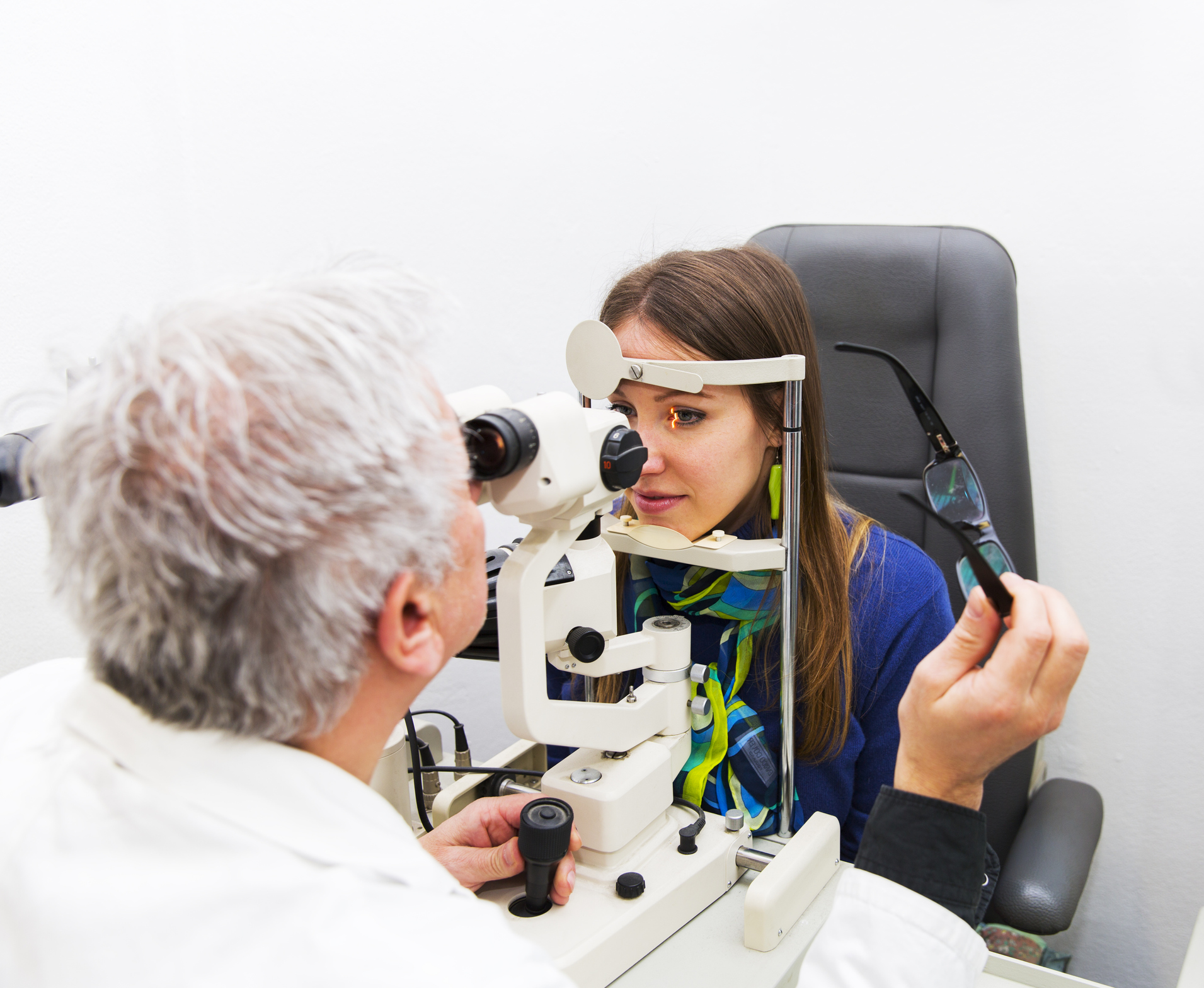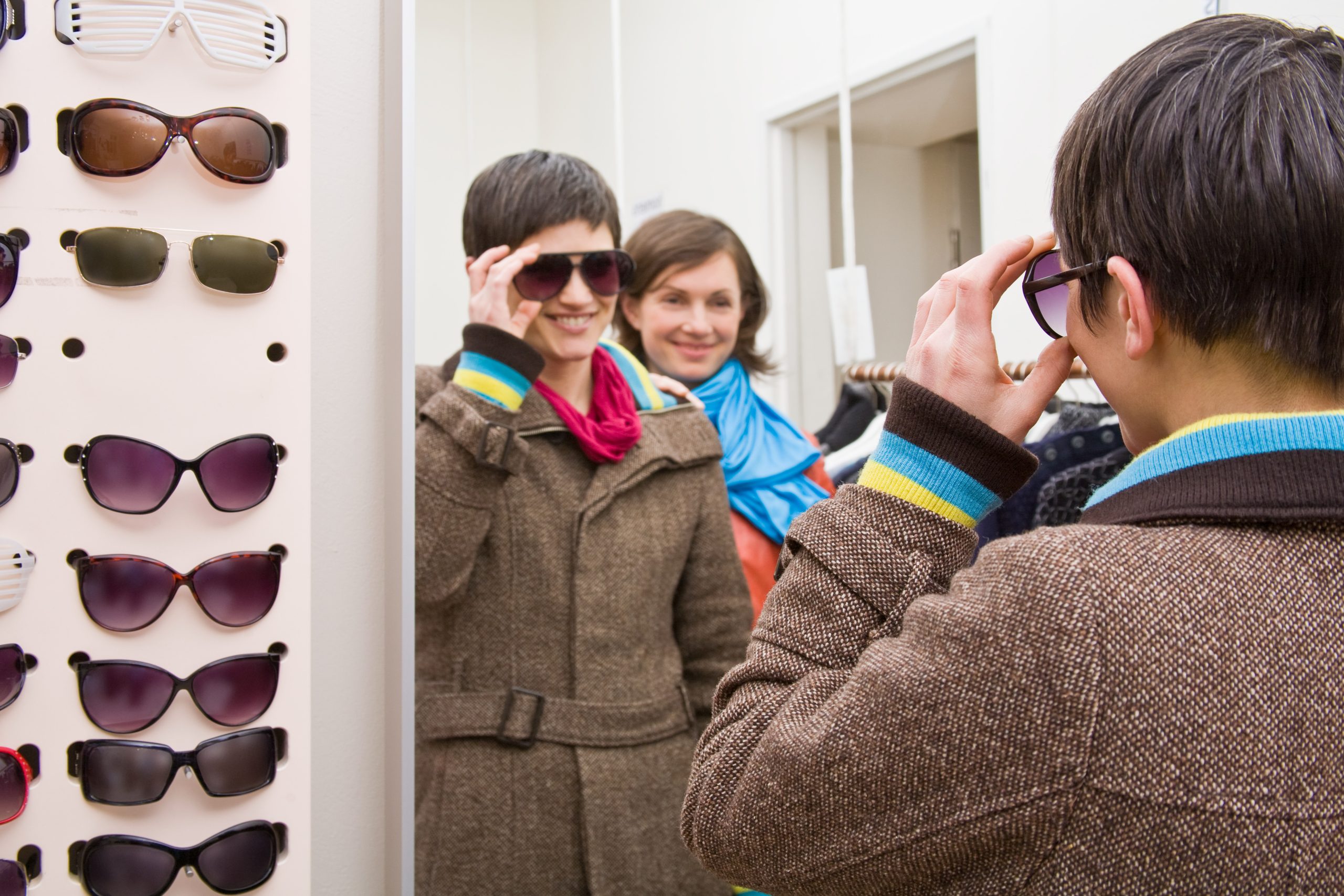Understanding Neovascularization in the Eye
Embark on a journey to comprehend neovascularization of the eye, a condition characterized by the abnormal growth of blood vessels. This article serves as your guide, providing insights into the nature of neovascularization, its causes, symptoms, and the importance of seeking professional help. Delve into risk factors, complications, diagnosis, treatment options, and practical measures for managing neovascularization to preserve eye health.
Overview of Neovascularization of the Eye
Neovascularization of the eye refers to the abnormal growth of new blood vessels, often in response to insufficient blood supply (ischemia) or other underlying conditions. This pathological development of blood vessels can occur in various parts of the eye, including the retina and the iris. Neovascularization is a serious condition that can lead to vision impairment and is often associated with underlying systemic or ocular diseases.
Symptoms
- Blurred Vision: The abnormal growth of blood vessels can impact the clarity of vision, leading to blurred or distorted vision.
- Floaters: Patients may experience the perception of dark spots or floaters in their visual field.
- Reduced Visual Acuity: As the condition progresses, there may be a gradual decline in visual acuity.
- Eye Pain: Neovascularization can sometimes cause increased pressure in the eye, resulting in pain or discomfort.
- Glare or Sensitivity to Light: Individuals may become more sensitive to light, experiencing glare or discomfort in bright environments.
Causes
- Retinal Ischemia: Neovascularization often occurs as a response to reduced blood supply to the retina, triggering the growth of new vessels to compensate for the lack of oxygen.
- Diabetic Retinopathy: Diabetes is a common cause, as prolonged high blood sugar levels can damage blood vessels in the retina, leading to neovascularization.
- Retinal Vein Occlusion: Blockage of retinal veins can result in ischemia and the development of abnormal blood vessels.
- Ocular Ischemic Syndrome: A condition characterized by insufficient blood flow to the eye, leading to neovascularization.
- Age-Related Macular Degeneration (AMD): Neovascularization can occur in the macula, a part of the retina, in advanced stages of AMD.
What Happens Because of the Condition
Neovascularization poses serious threats to vision due to the characteristics of the new blood vessels. These vessels are often fragile, prone to leakage, and can cause complications such as retinal detachment, macular edema, or hemorrhage. The formation of scar tissue may also occur, leading to irreversible damage.
Risk Factors
- Diabetes: Individuals with diabetes, especially those with poorly controlled blood sugar levels, are at an increased risk of neovascularization.
- Hypertension: High blood pressure can contribute to vascular changes in the eye, leading to neovascularization.
- Age: Advanced age is a risk factor for neovascularization, particularly in conditions like AMD.
- Ocular Ischemic Syndrome: Conditions that compromise blood flow to the eye, such as carotid artery disease, increase the risk.
- Retinal Vein Occlusion: A blockage in retinal veins can result in ischemia and neovascularization.
Diagnosis
- Fundus Examination: An ophthalmologist examines the back of the eye using specialized instruments to visualize the retina and identify abnormal blood vessel growth.
- Fluorescein Angiography: A dye is injected into the bloodstream, and images are taken to identify areas of abnormal blood flow and leakage.
- Optical Coherence Tomography (OCT): This imaging technique provides detailed cross-sectional images of the retina, helping to assess the thickness and integrity of retinal layers.
- Ultrasound: In some cases, ultrasound may be used to evaluate the structure of the eye and detect abnormalities.
Treatment Options
- Anti-VEGF Injections: Intravitreal injections of anti-vascular endothelial growth factor (anti-VEGF) medications are commonly used to inhibit the growth of abnormal blood vessels.
- Laser Photocoagulation: Laser therapy may be applied to destroy abnormal blood vessels and prevent further growth.
- Panretinal Photocoagulation (PRP): This laser treatment is often employed in conditions like diabetic retinopathy to reduce neovascularization.
- Vitrectomy: In advanced cases with vitreous hemorrhage or retinal detachment, a surgical procedure called vitrectomy may be necessary to remove blood and scar tissue.
- Corticosteroids: Intravitreal corticosteroid injections may be considered in certain cases to address inflammation and edema associated with neovascularization.
- Treatment of Underlying Conditions: Managing systemic conditions such as diabetes or hypertension is crucial to prevent further progression of neovascularization.
Complications
- Retinal Detachment: Neovascularization can lead to the formation of scar tissue, increasing the risk of retinal detachment, a serious condition that requires immediate medical attention.
- Vitreous Hemorrhage: Abnormal blood vessels are prone to leakage, causing vitreous hemorrhage and impairing vision.
- Macular Edema: Swelling of the macula, the central part of the retina, can occur, leading to reduced central vision.
- Glaucoma: Neovascularization may contribute to the development of neovascular glaucoma, a type of glaucoma characterized by increased intraocular pressure.
- Vision Loss: If left untreated, the complications associated with neovascularization can result in permanent vision loss.
Prevention
- Regular Eye Examinations: Routine eye examinations are crucial for early detection and intervention, especially in individuals with risk factors such as diabetes or hypertension.
- Control of Systemic Conditions: Managing underlying systemic conditions, particularly diabetes and hypertension, is essential to prevent the development or progression of neovascularization.
- Healthy Lifestyle: Adopting a healthy lifestyle, including maintaining a balanced diet, regular exercise, and avoiding smoking, can contribute to overall eye health.
- Compliance with Medications: For individuals with systemic conditions, adhering to prescribed medications and treatment plans is vital to control disease progression.
Medications
- Anti-VEGF Medications: Drugs that inhibit vascular endothelial growth factor (anti-VEGF) are commonly used to suppress the growth of abnormal blood vessels in conditions like neovascular age-related macular degeneration.
- Corticosteroids: Intravitreal corticosteroid injections may be utilized to address inflammation and edema associated with neovascularization.
When to See a Doctor
- Changes in Vision: Any sudden or significant changes in vision, including blurred vision, floaters, or flashes of light, warrant prompt evaluation by an eye care professional.
- Eye Pain or Discomfort: Persistent eye pain or discomfort, especially if associated with neovascularization risk factors, requires immediate medical attention.
- Diabetes Diagnosis: Individuals with diabetes should have regular eye examinations, and any signs of neovascularization should be reported to a doctor promptly.
Demographics More Susceptible
- Diabetic Individuals: Those with diabetes, especially if poorly controlled, are at an increased risk of developing neovascularization.
- Hypertensive Individuals: Hypertension is a risk factor, and individuals with high blood pressure should be vigilant about eye health.
- Aging Population: Neovascularization is more common in older adults, particularly in conditions like age-related macular degeneration.
Follow-up Care for Adults and Children
- Adults: Follow-up care for adults with neovascularization involves regular monitoring of the condition, assessing treatment effectiveness, and addressing any complications that may arise.
- Children: Pediatric patients with neovascularization, especially in conditions like retinopathy of prematurity, require specialized care and regular follow-up appointments to manage complications and monitor visual development.
Conclusion
Neovascularization of the eye is a serious condition that necessitates timely intervention and ongoing management. Complications, if left unaddressed, can lead to irreversible vision loss. Prevention through regular eye examinations, control of systemic conditions, and a healthy lifestyle is crucial. For those diagnosed with neovascularization, compliance with treatment plans and regular follow-up care are key to preserving vision and minimizing the risk of complications. A collaborative approach between healthcare providers and patients is essential for optimal eye health and visual outcomes.
World Eye Care Foundation’s eyecare.live brings you the latest information from various industry sources and experts in eye health and vision care. Please consult with your eye care provider for more general information and specific eye conditions. We do not provide any medical advice, suggestions or recommendations in any health conditions.
Commonly Asked Questions
Some cases of neovascularization may be visible on routine eye examinations, but specialized tests like fluorescein angiography or OCT are often needed for a comprehensive assessment.
While the tendency to develop certain eye conditions associated with neovascularization may have a genetic component, the condition itself is not directly hereditary.
In some cases, neovascularization may recur, especially if underlying health conditions are not effectively managed. Regular follow-up appointments are essential for ongoing monitoring.
Neovascularization is not typically associated with eye cancer. It is more commonly linked to conditions affecting the retina, such as diabetic retinopathy or AMD.
Neovascularization itself is not typically painful. However, associated complications or conditions may cause discomfort. Individuals experiencing eye pain should seek immediate medical attention.
Maintaining a healthy lifestyle, managing systemic health conditions like diabetes and hypertension, and regular eye check-ups contribute to preventing or managing neovascularization.
Yes, neovascularization can occur in one or both eyes, depending on the underlying conditions. Regular eye examinations help detect and manage abnormal blood vessel growth.
Yes, neovascularization, especially in conditions like diabetic retinopathy, can lead to sudden vision changes or loss due to complications such as bleeding or retinal detachment.
No, while diabetic retinopathy is a common cause of neovascularization, it can also be associated with other conditions like AMD or retinal vein occlusion.
The reversal of neovascularization depends on the underlying cause and the extent of damage. Timely and appropriate treatment can help control abnormal blood vessel growth.
news via inbox
Subscribe here to get latest updates !








